As parents, we often schedule routine visits with pediatricians, dentists, and even eye doctors for our children. But when it comes to bones, joints, and posture, orthopedic health is often overlooked—until a problem becomes noticeable. The truth is that a child’s musculoskeletal system is constantly developing, and regular orthopedic check-ups can help ensure that growth happens smoothly, without hidden issues that may affect their future health.
Why Orthopedic Health Matters in Childhood
Children are not just “small adults.” Their bones are softer, their joints more flexible, and their growth plates are still open. This means that while they are more resilient in some ways, they are also more vulnerable to certain problems, including:
- Growth plate injuries that may affect height or limb length
- Posture-related issues caused by heavy school bags or prolonged sitting
- Early signs of scoliosis, flat feet, or hip disorders
- Sports injuries that may appear minor but could affect long-term mobility
Since many of these conditions can develop silently, a professional check-up helps in detecting problems before they become severe.
What Happens During an Orthopedic Check-Up?
A pediatric orthopedic evaluation typically includes:
- Growth and Posture Assessment: Checking spine alignment, leg length, and overall posture.
- Joint and Muscle Examination: Ensuring flexibility, strength, and balance.
- Foot and Gait Analysis: Looking for flat feet, toe-walking, or unusual walking patterns.
- Injury Review: Assessing past fractures, sprains, or sports injuries to ensure proper healing.
- Developmental Milestones: Confirming that bone and muscle growth match the child’s age.
This thorough evaluation provides peace of mind for parents and a clear plan if any intervention is needed.
Benefits of Regular Orthopedic Visits
- Early Detection of Problems
Many conditions, like scoliosis or hip dysplasia, can be corrected more easily if identified early. - Prevention of Long-Term Issues
Small gait or posture problems today may lead to back pain, joint issues, or arthritis in adulthood if ignored. - Support for Active Kids
Children engaged in sports may face stress injuries. Regular check-ups ensure safe participation and recovery. - Guidance for Parents
Doctors provide practical advice on nutrition, exercise, correct sitting posture, and safe physical activity.
How Often Should Children See an Orthopedic Specialist?
- Routine Check-Up: Once every 1–2 years, even if there are no obvious issues.
- After an Injury: Immediately, to rule out hidden damage.
- If There Are Warning Signs: Such as frequent tripping, limping, uneven shoulders, or persistent pain.
For children with a history of orthopedic issues (fractures, clubfoot, scoliosis), more frequent follow-ups may be advised.
Conclusion
Just as regular dental visits protect a child’s smile, regular orthopedic check-ups protect their ability to move, play, and grow with confidence. Prevention and early intervention are always better than waiting until a problem worsens.
If you notice unusual walking patterns, posture issues, or frequent joint pain in your child, it’s best to consult a specialist.
For expert pediatric orthopedic care, visit Dr. Nargesh Agrawal at Child OrthoCare.
Address: C-7, Ground Floor, D- Park, Model Town -3, New Delhi 110009
Mobile: +91 88517 77145
Website: www.childorthocare.online






